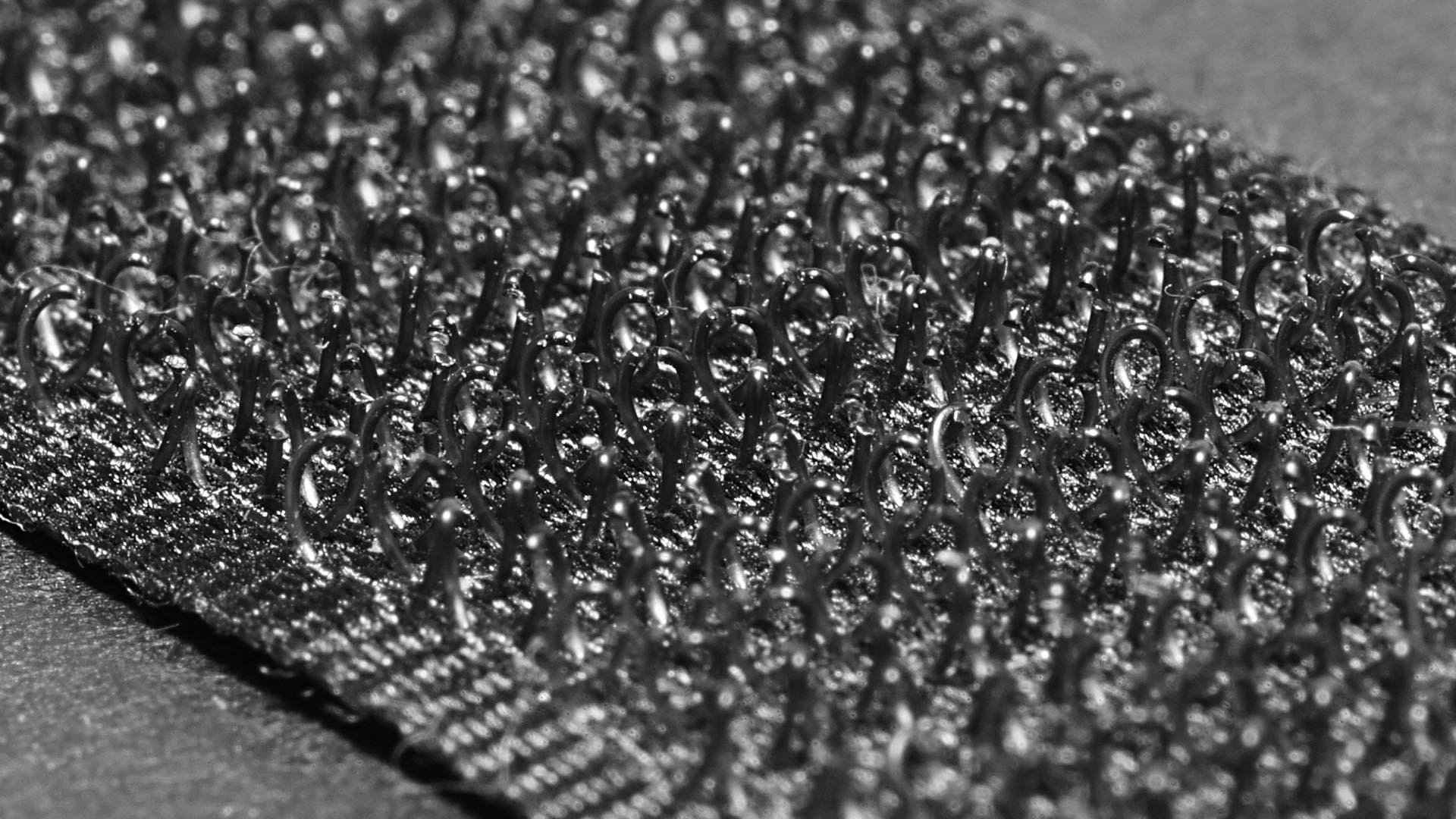Hook and Loop Fastener
Invented by George de Mestral, a Swiss engineer in 1948, invented the fastener after seed pod burrs kept on sticking to his dog during their daily walks on the Alps. The name was kept after French words velours which means “velvet” and crochet which means “hook”.
 Chemical Resistance
Chemical Resistance
 Impact Resistance
Impact Resistance
 Wear Resistance
Wear Resistance
The fastener has two sides, one hook side, and the other one loop side. Both the sides are covered equally by a tiny plastic loop which when pressed together holds the pieces together. However, when the layers are detached, it releases a ripping sound. In short, it is famously known as “hook and loop”. The bonding can only be determined on how well the hooks are embedded.
The fasteners offer a lower processing cost, faster assembling, lesser rework and great design flexibility. It can easily adapt to any molding process.
Features
- Rapid assembly of display and signage.
- Mount signs to a wide variety of walls.
- Secure and removable signs holding.
- Permanent, high tack, rubber-based material available for quick use.
- Excellent flow profile for graphics applications.
- High shear strength.
Applications
- Indoor application for affixing signage to the walls via high tack fastener feature.
- Rubber based fasteners are used for outdoor applications to moderate closure strength.
- Cord management solution for server rooms or for electronics component.
- Hang menu boards, special event signage, directional and informational signs, promotional signs and tradeshows.
- On frames or stakes or displaying on an easel.
- Hang pictures, secure mailbox, window screens or dual screen for doorways.
For every kinds of Plastic solution, don't hesitate to contact us!
